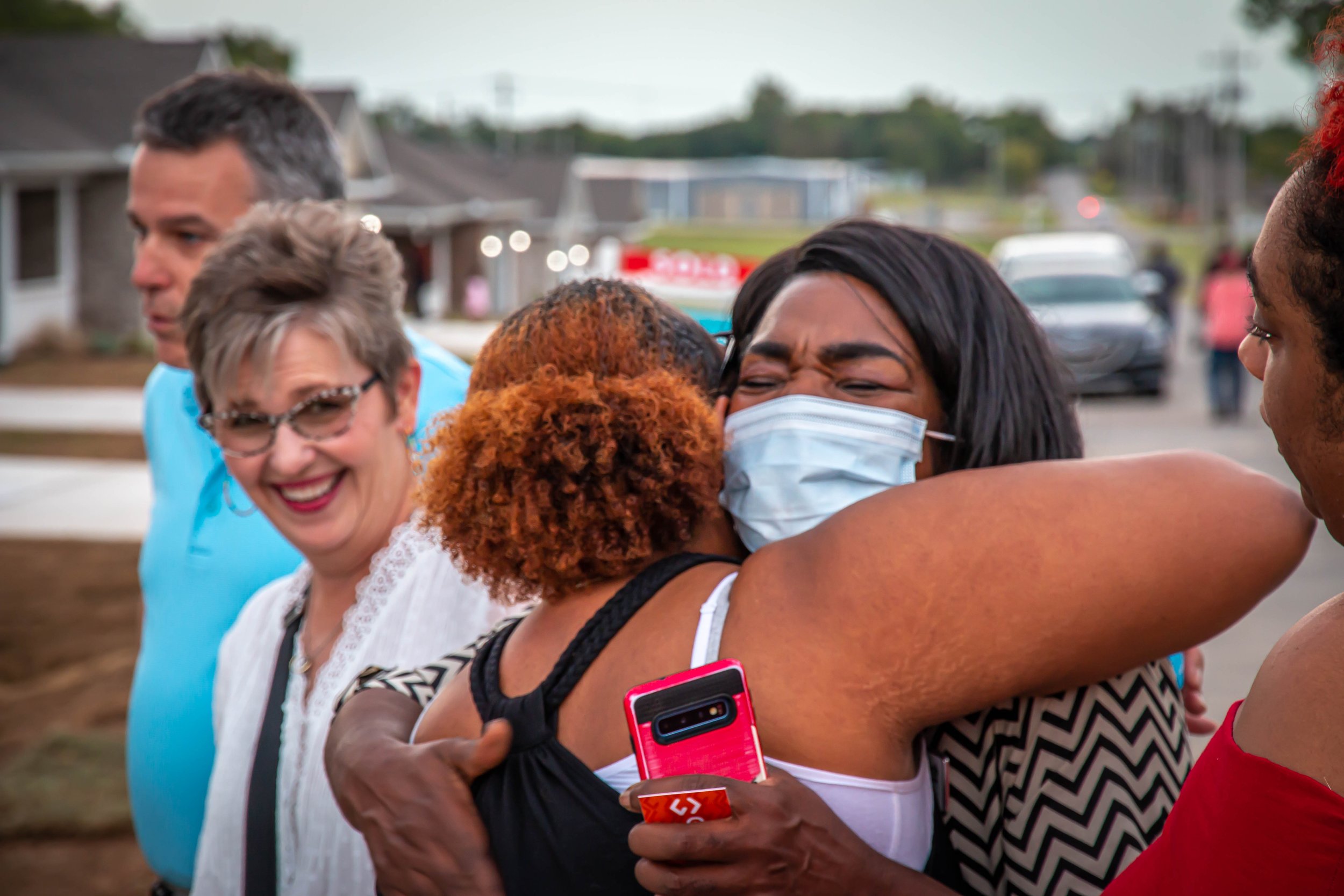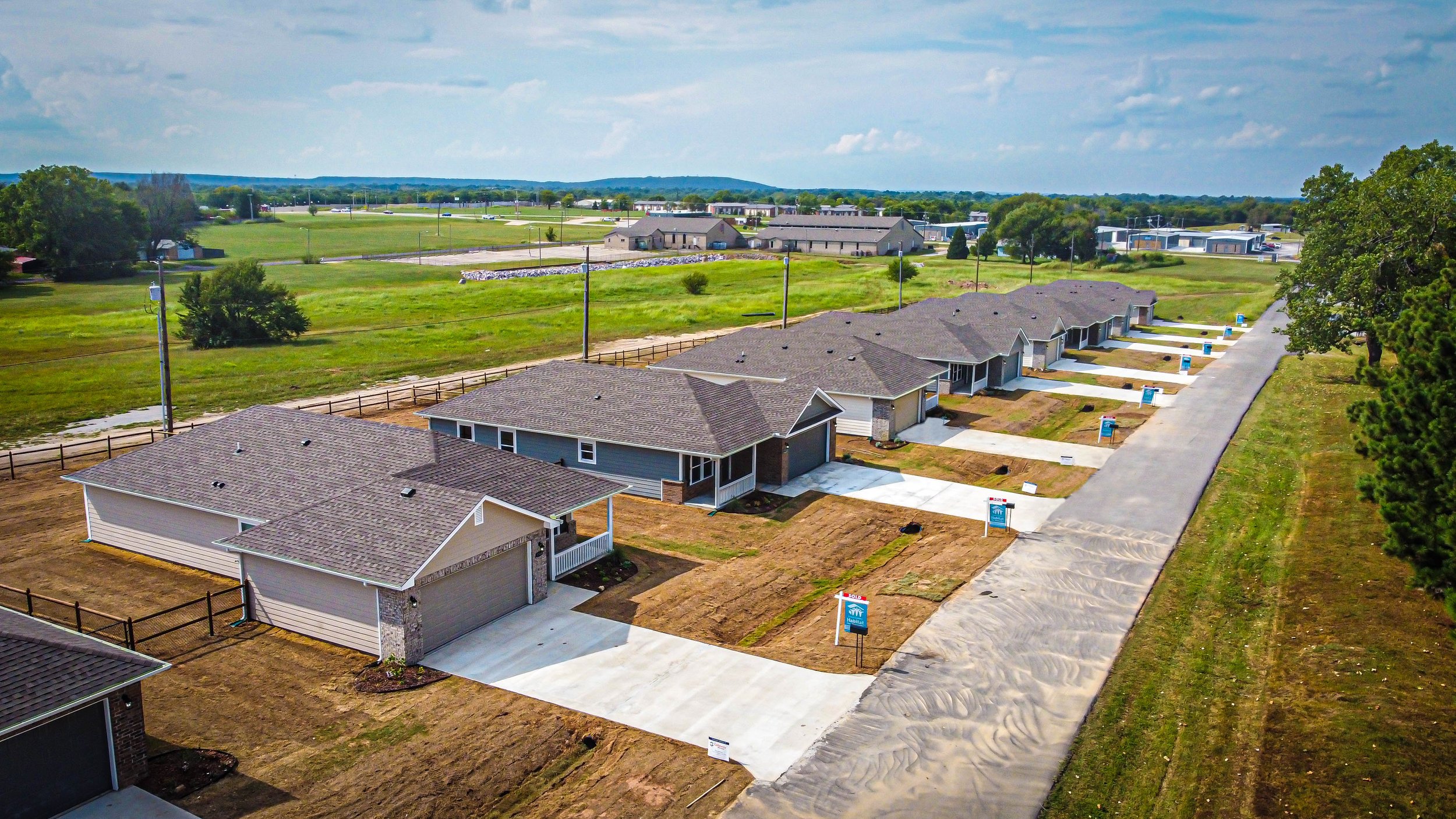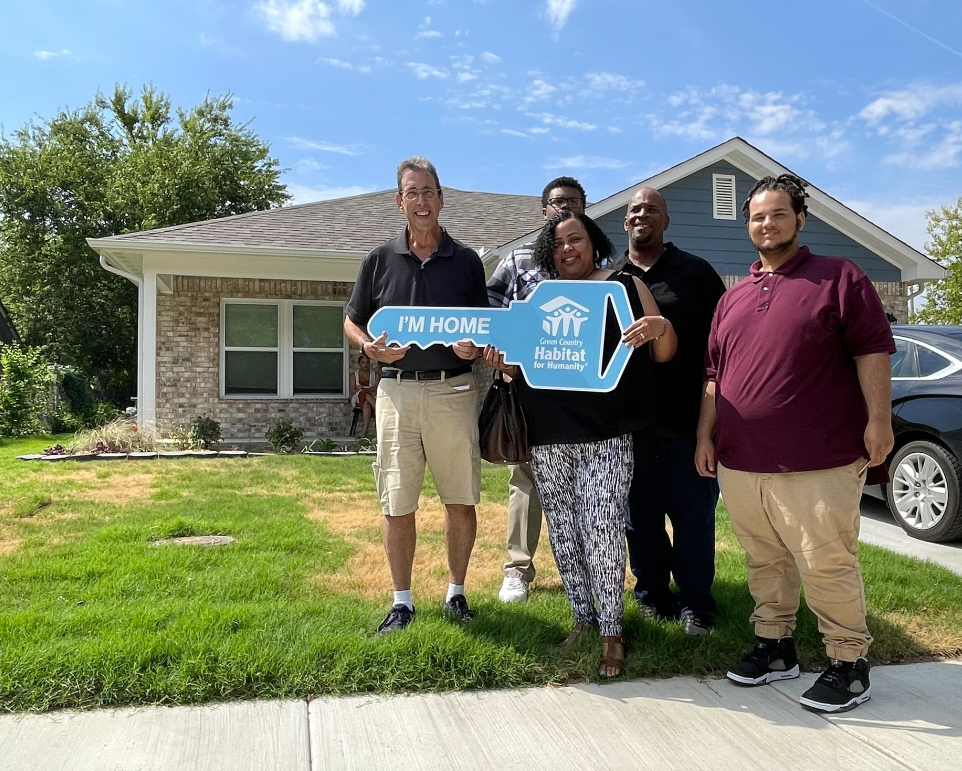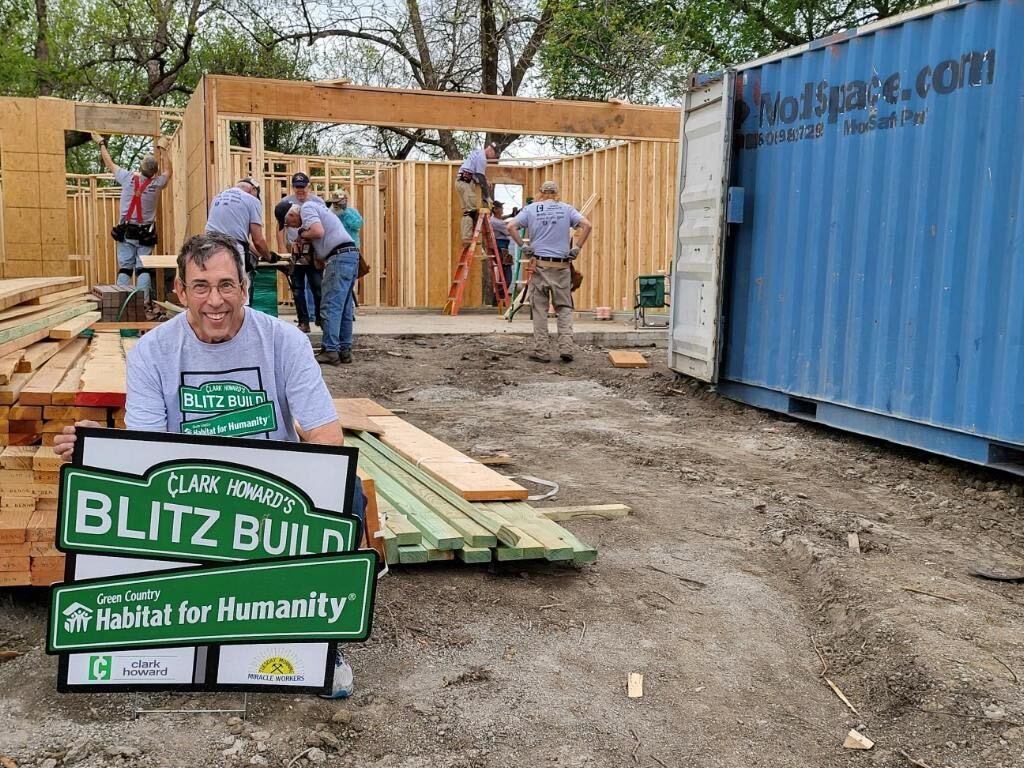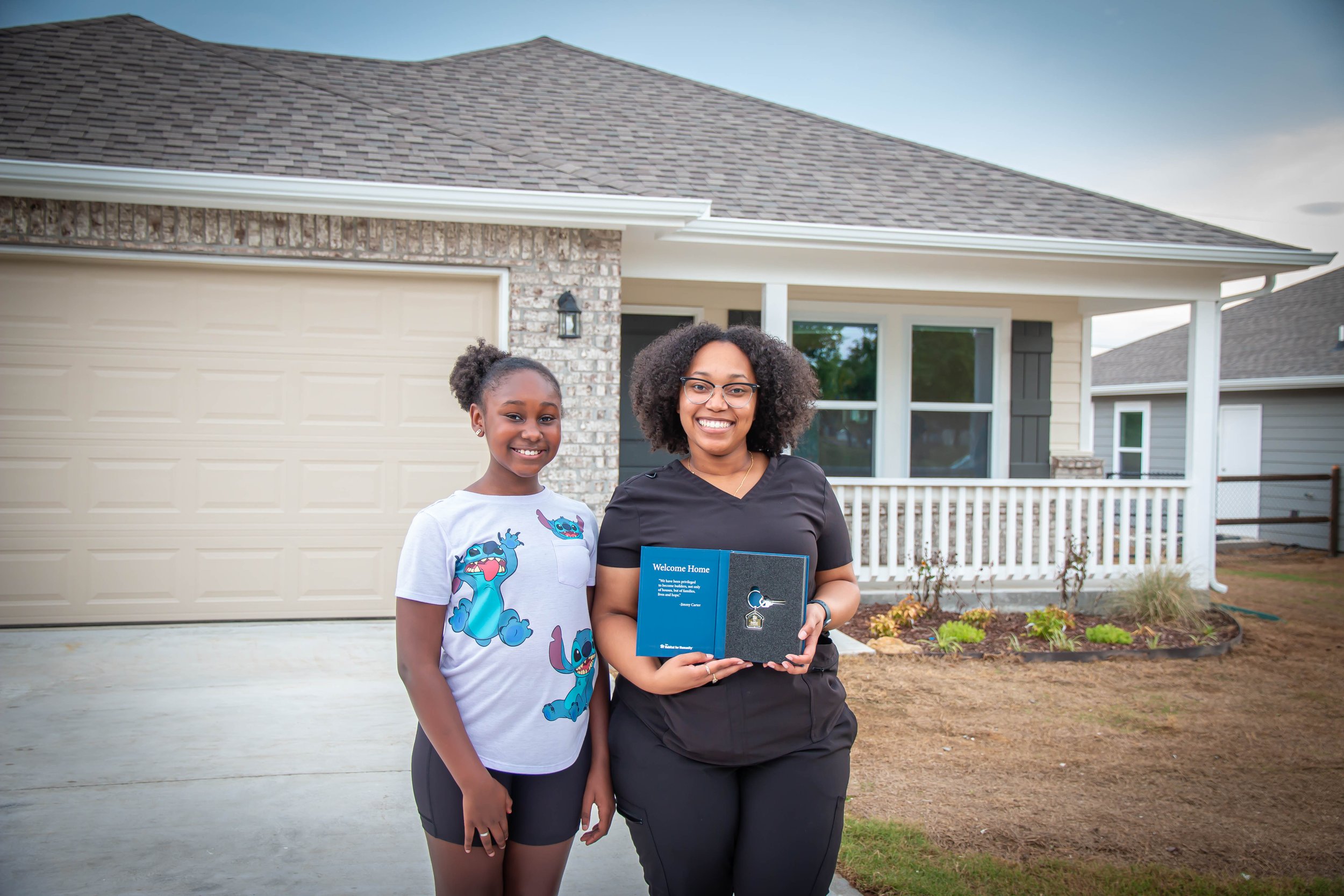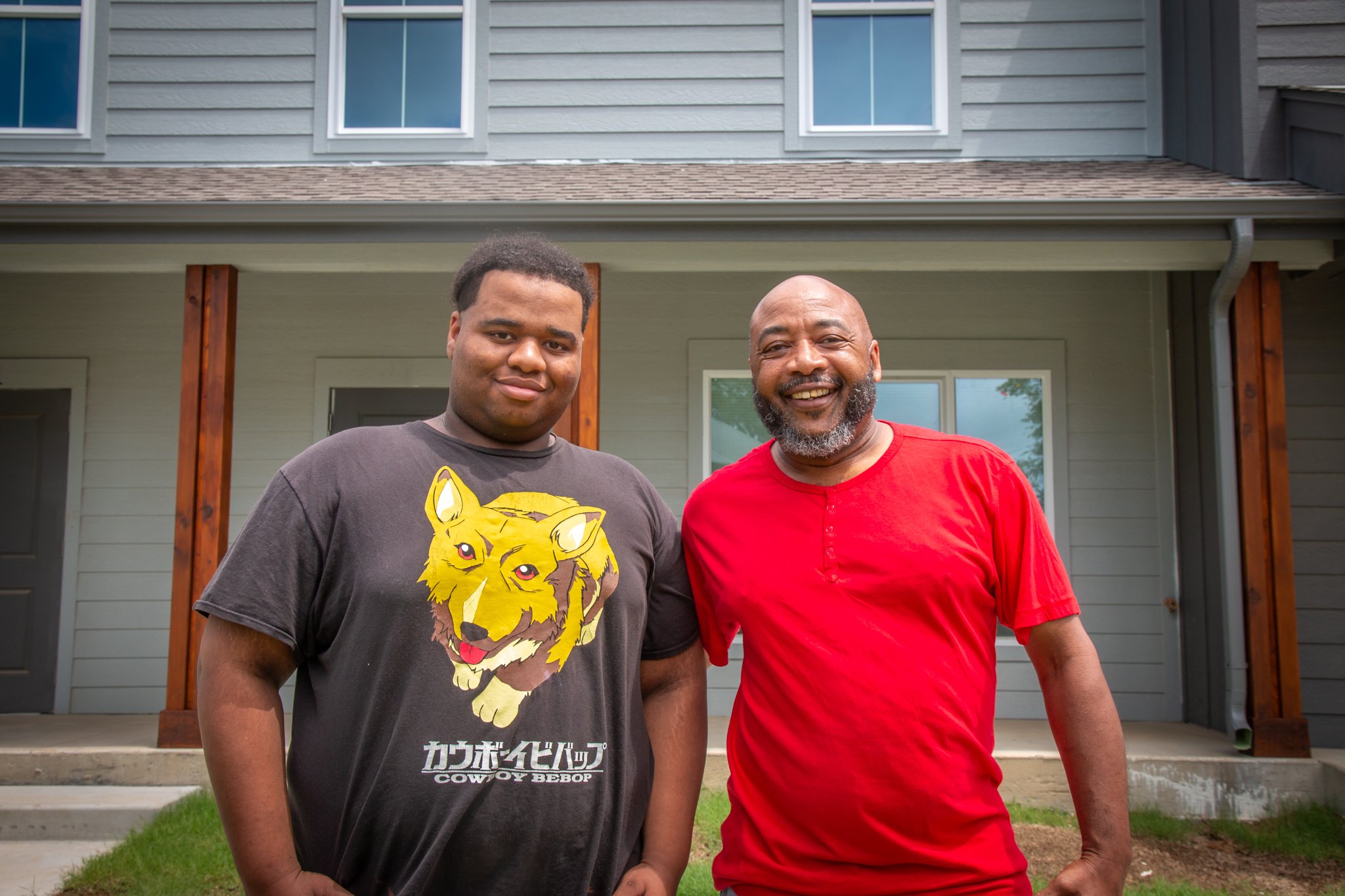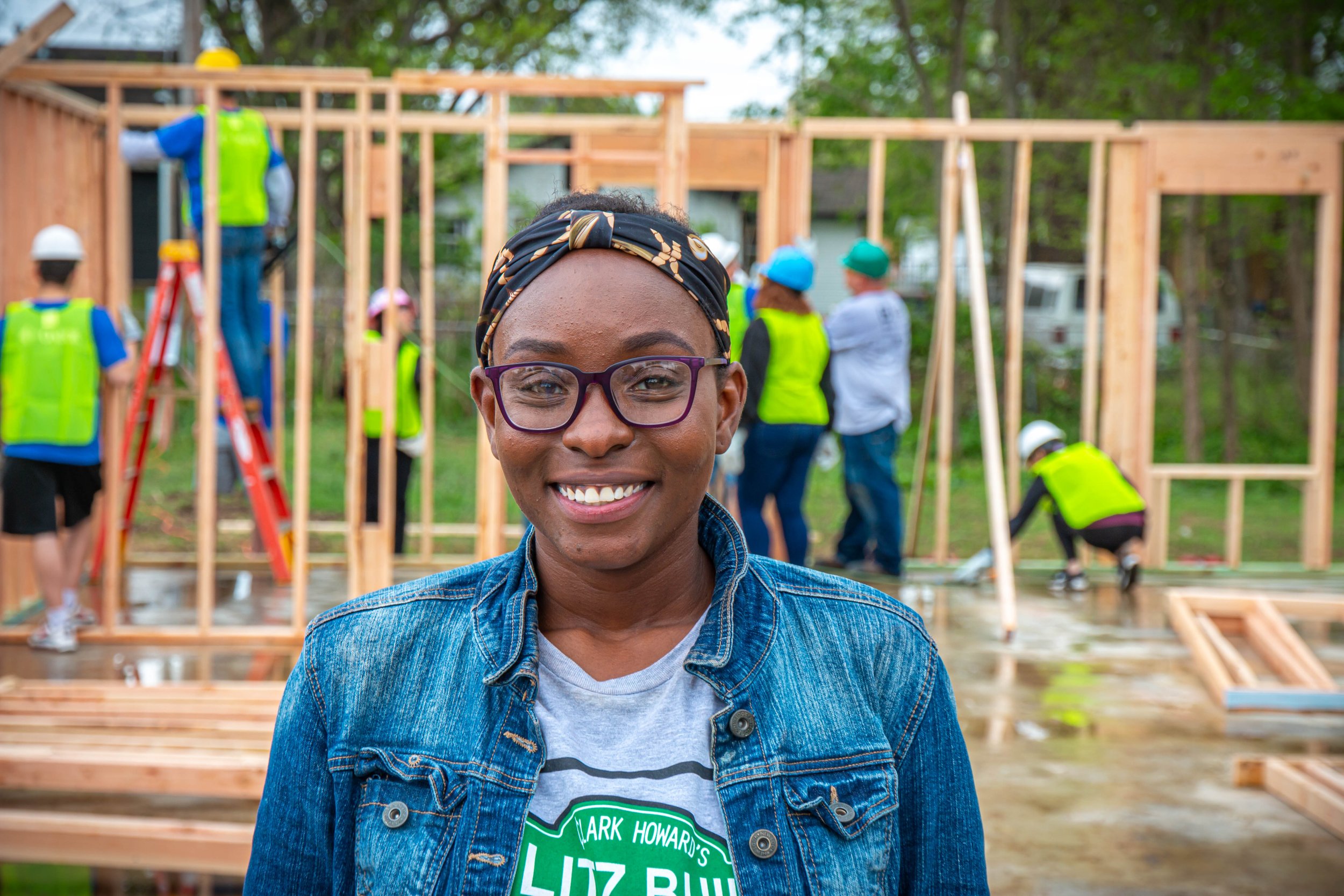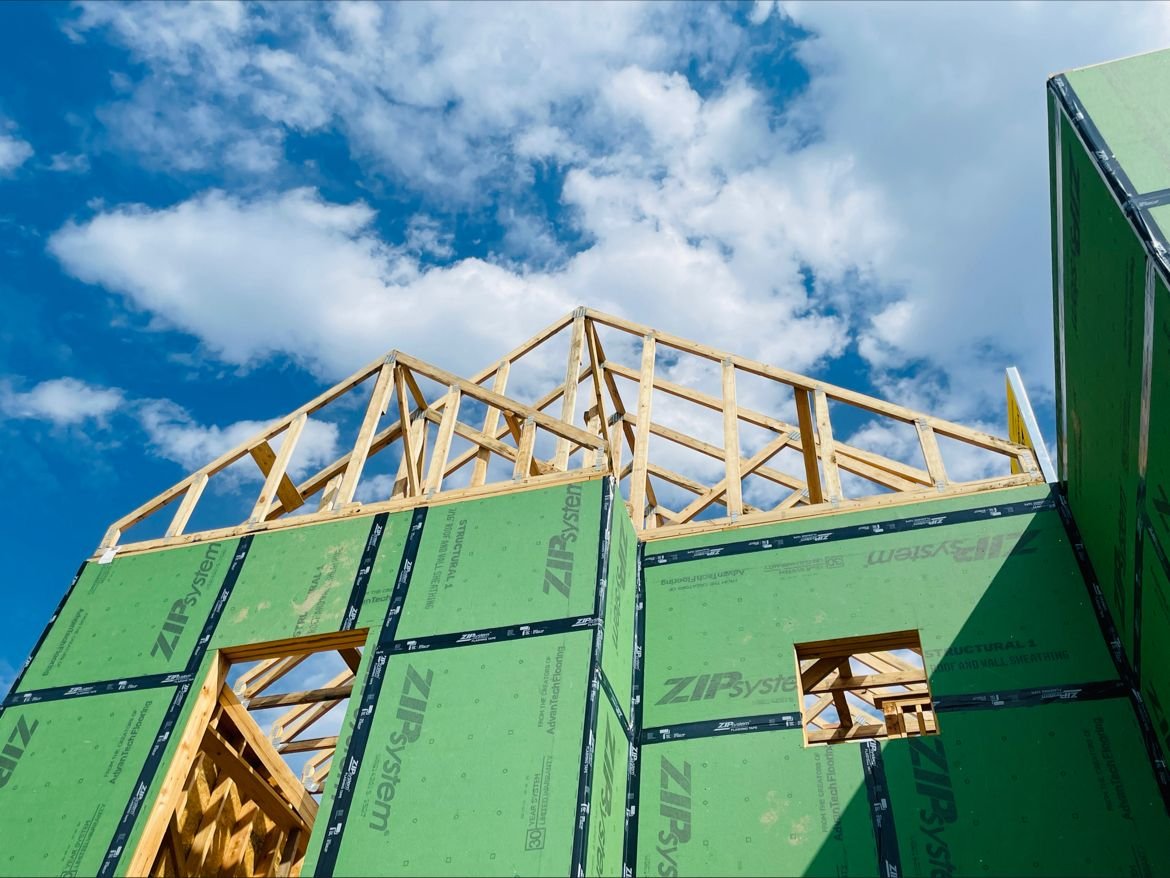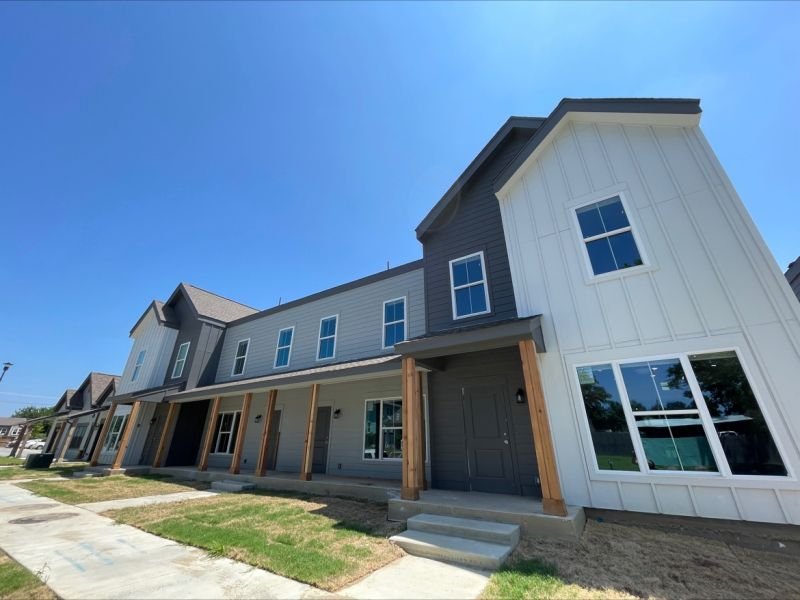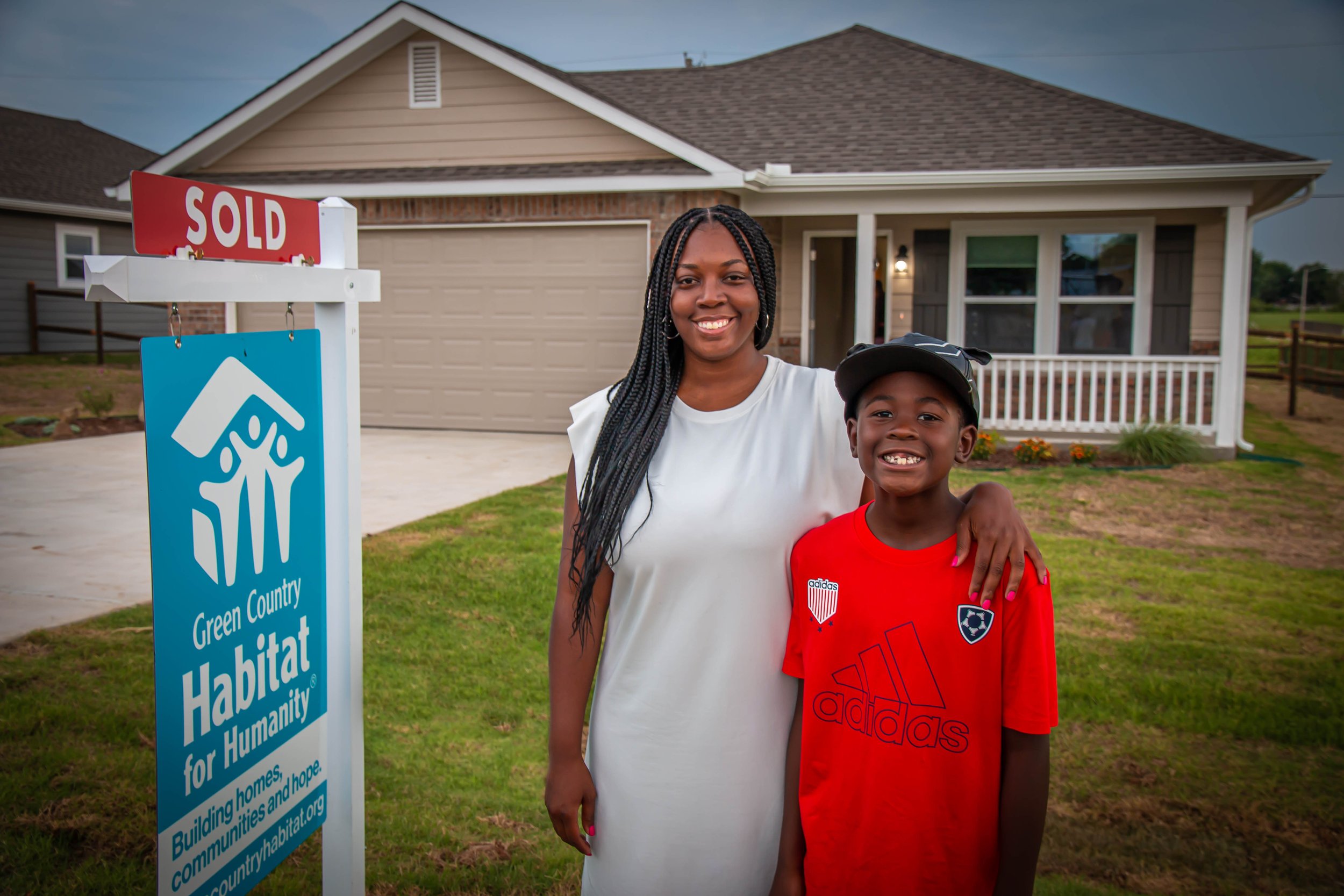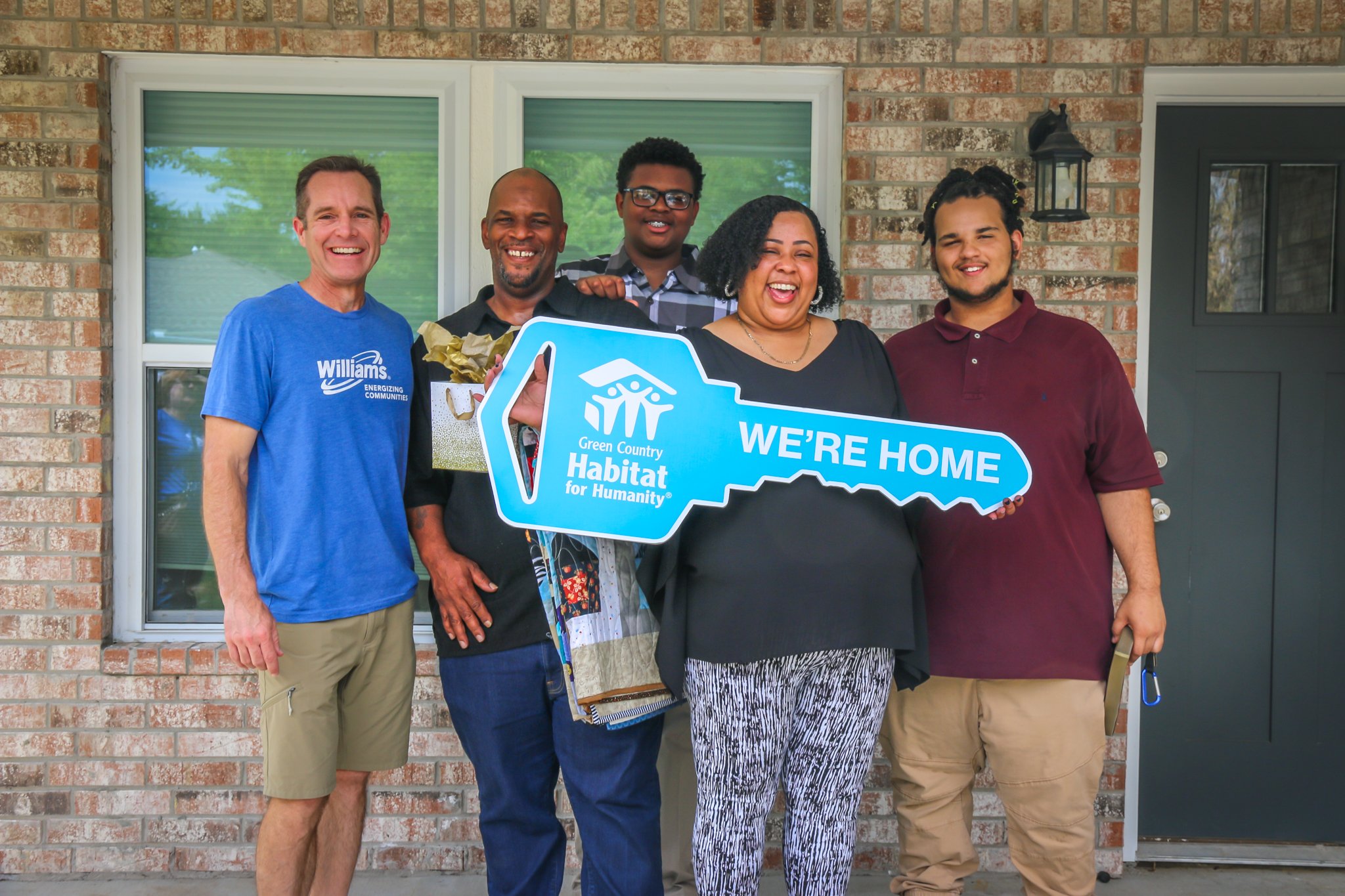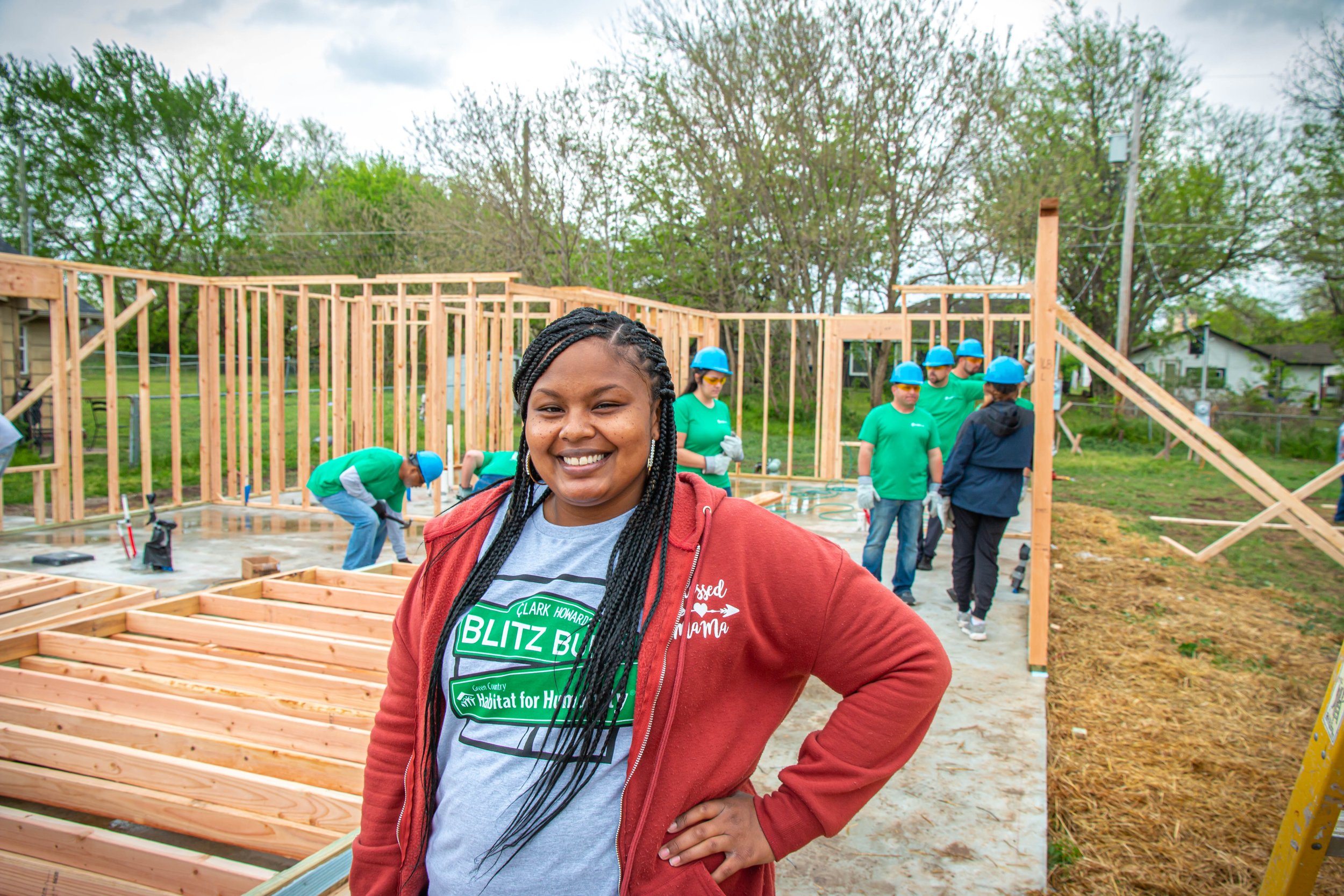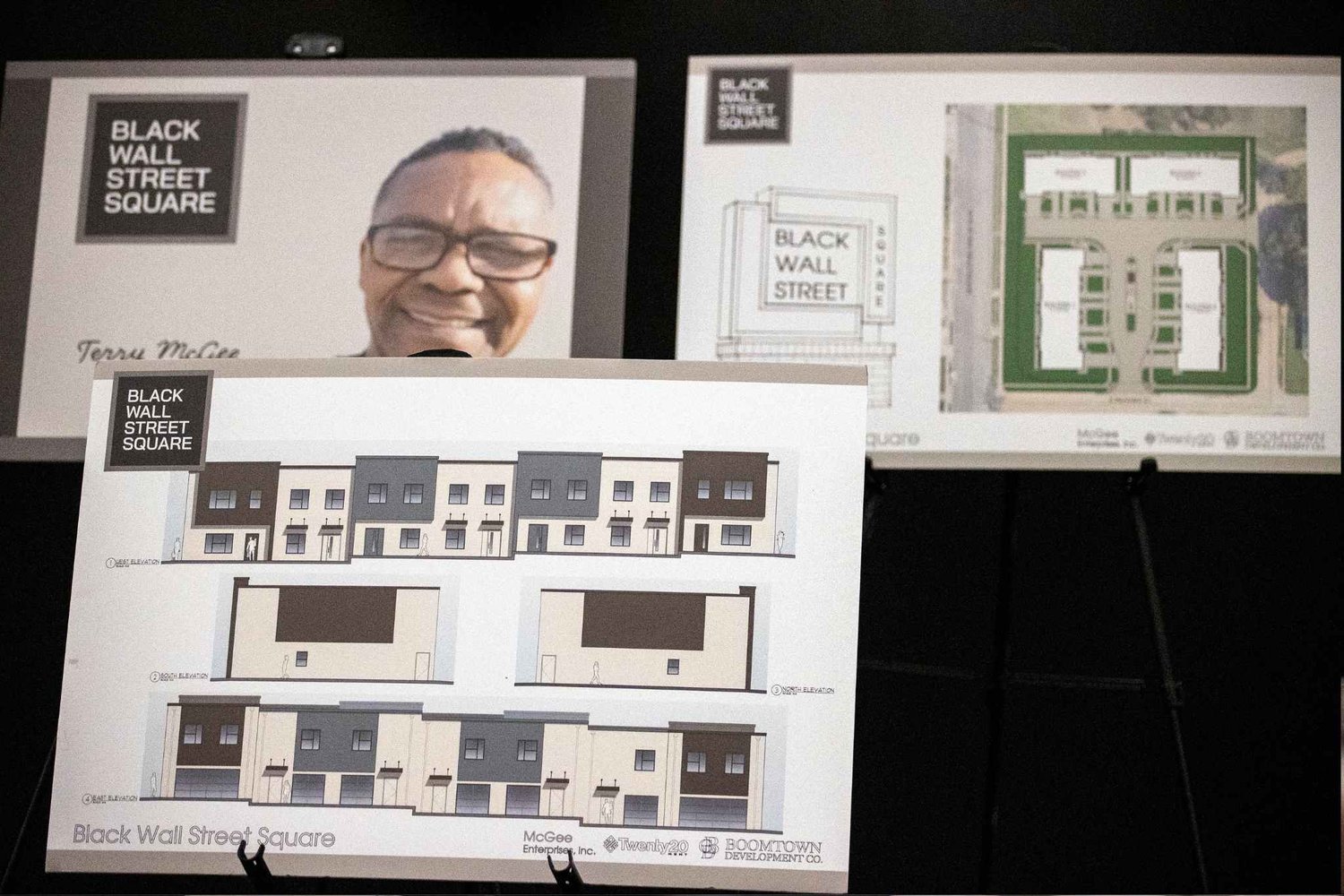North Tulsa Initiative
Green Country Habitat for Humanity believes everyone should have a safe, affordable place to call home. As the price of land, construction materials, and interest rates continue to rise, homeownership costs are becoming increasingly out of reach for more families.
Adopting Habitat for Humanity International’s Advancing Black Homeownership Opportunities advocacy position, in April 2021, Green Country Habitat for Humanity announced its North Tulsa Initiative. The goal was simple: construct 250 new homes in North Tulsa over five years and create more pathways for our fellow Tulsans to become homeowners.
With numerous large-scale residential developments completed and in progress, Green Country Habitat for Humanity is committed to stabilizing North Tulsa’s depressed real estate market and helping Tulsans create generational wealth through homeownership.
We are working alongside the City of Tulsa, corporate partners, churches, philanthropic foundations, and North Tulsa community stakeholders to address inequities in our community. Together, we can make the dream of homeownership a reality for more hard-working families in our community.
Our Large Developments within the North Tulsa Initiative
Homeownership impacts every area of a family’s life—health, safety, education outcomes, and financial opportunity. And the impact grows with each generation. Meet some of our homeowners to learn more about their stories.
North Tulsa’s Black Wall Street History
Collection of the Smithsonian National Museum of African American History and Culture, Gift of the Families of Anita Williams Christopher & David Owen Williams
Set in the geographic center of the United States, Tulsa is a community with a rich history that fueled the growth of the Midwest through the discovery of oil. Fortunes were made, Art Deco high rises were constructed, and for many years, that was the only history most Americans knew about Tulsa.
While the description of Tulsa is accurate, the full truth about our community history is much more complex and tragic. Following World War I, Tulsa and its affluent African American community, known as the Greenwood District, were recognized nationally as the home of “Black Wall Street.”
On the morning of May 30, 1921, a young man named Dick Rowland was riding in the elevator in the Drexel Building with a white woman named Sarah Page. The details of what followed varied from person to person, and accounts of the incident circulated quickly among the city’s white community during the day and became more exaggerated with each telling.
Tulsa police arrested Rowland the following day. Following an inflammatory report of the incident in the May 31 edition of the Tulsa Tribune, tensions began to build, spurring a confrontation between black and white armed mobs around the courthouse.
Shots were eventually fired, and the outnumbered African Americans began to retreat to Greenwood District. Between May 31 and June 1, 1921, 1,256 homes were destroyed, along with virtually every other structure - including churches, schools, businesses, and even a hospital and library - in the Greenwood District. While an exact total may never be determined, credible evidence makes it probable that between 100-300 people were killed during the Tulsa Race Massacre.
Only recently has Tulsa begun to wrestle with and atone for this injustice, and Green Country Habitat for Humanity is working alongside the City of Tulsa, corporate partners, churches, philanthropy, and the North Tulsa community to help address the lasting inequities in our community.
With numerous large-scale residential developments in progress, Green Country Habitat for Humanity is committed to stabilizing North Tulsa’s depressed real estate market and helping Black Tulsans create generational wealth through homeownership.
1921 image provided by the Library of Congress, smoke billows over Tulsa, Okla. (Alvin C. Krupnick Co./Library of Congress via AP)

